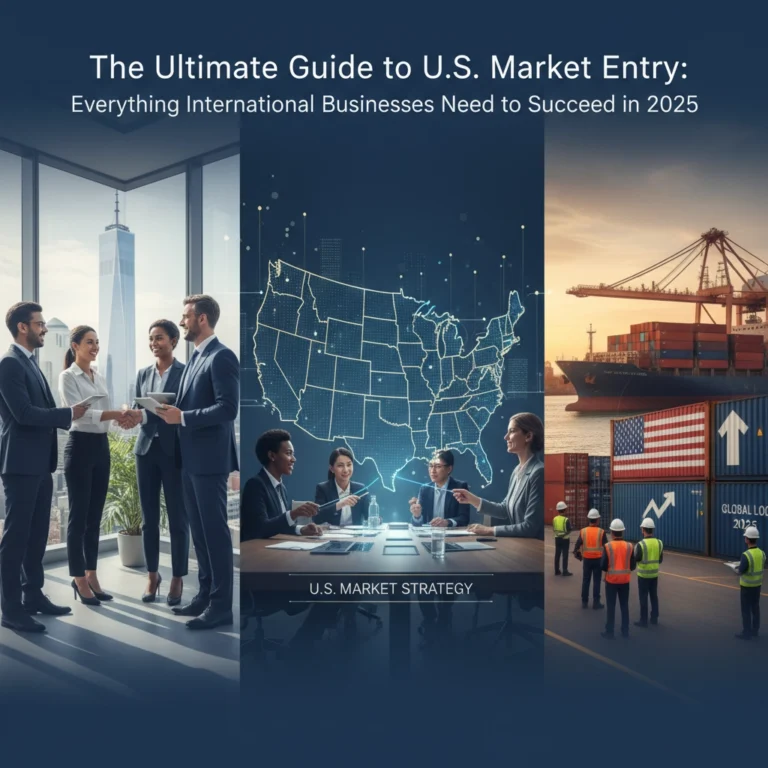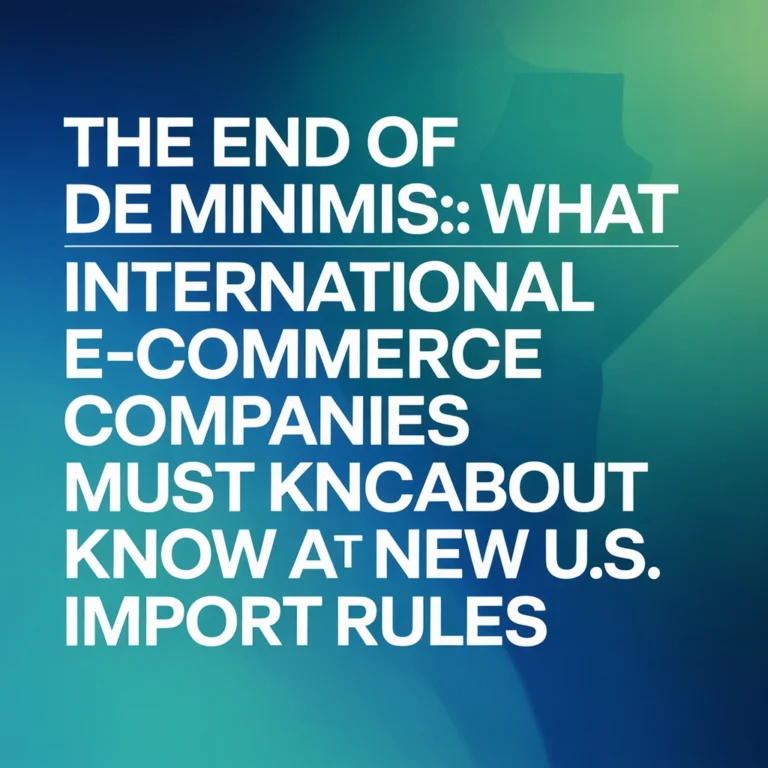Tariffs, Turbulence, and Triumph: Turning Global Uncertainty into Opportunity for Your Business

Global uncertainty in 2025 is a double-edged sword. On one hand: tariffs, economic shifts, and geopolitical unpredictability. On the other: a playground of opportunity—if you know how to pivot fast, think creatively, and seize the moment. This is your playbook for not just surviving the current turbulence, but using it as a springboard for growth and market dominance.
Strategic Opportunities in Economic Uncertainty
Market Consolidation Through Acquisitions
Economic turbulence often prompts some businesses to retreat—but for proactive leaders, it’s the ideal time to play offense. As valuations dip and some competitors look to trim operations or exit markets, companies with strong balance sheets are uniquely positioned to expand through strategic acquisitions.
- Why now? Depressed valuations mean your investment dollar goes further.
- Where to look: Target businesses that complement your current offerings, give you tech or talent advantages, or grant access to new markets.
- How to win: Perform rigorous due diligence—not just on finances, but also the resilience of operations and workforce.

Acquiring companies in the downturn lets you emerge stronger when the tide turns, with a bigger footprint, greater efficiencies, and new capabilities.
Competitive Advantage During Industry Disruption
When times get tough, conventional wisdom often pushes companies to cut costs, lay off staff, or scale back innovation. But history shows that brands doubling down on customer experience, innovation, and marketing often end up leading their industries post-crisis.
- Invest in your customer: Use this period to strengthen relationships, offer creative solutions, and build trust that lasts well beyond the crisis.
- Out-market the competition: Aggressively pursue new business while competitors are distracted or shrinking. This is your chance to capture market share.

- Agility matters: Make fast decisions, experiment, and pivot as needed—don’t wait for perfect information.
Navigating the Tariff Landscape
Understanding the New Paradigm
The global tariff shake-up of 2025 is tough to ignore: blanket import duties now apply, with especially stiff rates for primary trading partners like China. What’s different this time is the scope and the speed—both manufacturers and service providers must recalibrate strategies in real time.
- Stay informed: Trade rules and tariff schedules are in flux; designate a team or adviser to monitor for changes daily.
- Rework your models: Simulate various tariff scenarios to understand impacts on cost, pricing, and customer demand. Build flexibility into contracts to account for new risks.
- Negotiate leverage: Though tough, today’s tariffs also offer negotiation points for U.S. businesses seeking reciprocal access or concessions abroad.
Turning Tariffs into Branding Opportunities
Rather than viewing tariffs solely as a cost, smart companies are reframing them as a value proposition:
- Celebrate “Made in America”: If you manufacture domestically, shout it from the rooftops. Many customers are willing to pay a premium for U.S.-made products during times of global uncertainty.
- Highlight resilience and sustainability: Show how your supply chain supports local communities and environmental goals.
- Transparent pricing: If you must raise prices, communicate the reasons clearly and position these changes as supporting American jobs, independence, or quality.

Building Operational Resilience
Supply Chain Diversification
Over-concentration in any supply region—especially one subject to tariffs or political risk—is a vulnerability. Now is the time to map your supply chain and broaden your sourcing strategy.
- Scout for new suppliers: Look for partners in regions less likely to be impacted by current or future tariff rounds.
- Balance cost with security: Paying a bit more for stability can far outweigh potential losses from a single-source disruption.
- Cross-train your teams: Operational flexibility lets you shift materials, logistics, and workflow without missing a beat.
Financial Resilience Strategies
With inflation and rate hikes looming, optimizing financial health is non-negotiable.
- Build cash reserves: Liquidity means freedom to act decisively under stress.
- Refinance debt: Seek fixed-rate terms and avoid exposure to sudden interest spikes.
- Update contracts: Add adjustable clauses that respond to changes in tariffs, costs, or delivery timelines.
Solid financial footing puts you on the offensive—ready to snap up new investments or opportunities while rivals scramble to regroup.
Strategic Implementation Framework
Scenario Planning and Risk Monitoring
No one has a crystal ball, but you can prepare for a range of outcomes.
- Scenario planning: Map out best-, base-, and worst-case situations. What’s your move for each?
- Real-time risk monitoring: Don’t wait for quarterly reviews; track global developments daily or weekly.
- Contingency playbooks: Know in advance how you’ll pivot if tariffs double, a new market opens up, or logistics unexpectedly stall.
Having a plan—and rehearsing it—lets you lead with confidence when others are paralyzed by “what ifs.”
Comprehensive Adaptation Approach
The new business environment doesn’t just affect your imports, pricing, or supply chain in isolation. Everything is connected.
- Holistic review: Examine how every business unit, from R&D to sales, is impacted by tariffs and international developments.
- Document your strategies: From repricing products to seeking tariff refunds, keep detailed records for compliance and fast iteration.
- Compliance as a shield: Proactive tax and trade compliance protects you from penalties and positions you as an industry leader.
Adaptation isn’t one-and-done; it’s an ongoing process. Make flexibility a team sport.
Investment Opportunities in Market Turbulence
Bear Market Advantages
Tariff shocks and global brinkmanship often spark sharp stock market declines. For patient businesses and investors, these dips can be ripe for the picking:
- History’s on your side: Bear markets have been followed by outsized gains for those investing near their lows.
- Look for strategic assets: Focus on companies or sectors aligned with your core mission or which fill critical supply chain or technology gaps.
- Balance risk: Diversify your portfolio to manage downside while capturing upside potential.
Today’s “uncertainty discount” could be tomorrow’s triumph.
Turning Turbulence into Triumph
The key to transforming global economic uncertainty into opportunity is to stay proactive. Embrace change, invest in operational improvements, and be ready to move when opportunity strikes. By balancing immediate protective steps with a long-term vision, your business won’t just weather the storm—you’ll set the pace for your industry in the new era of global commerce.
Ready to level up your business strategy during global turbulence? Check out how USLaunch helps companies like yours thrive in uncertain times: https://zentara.xyz/uslaunch






